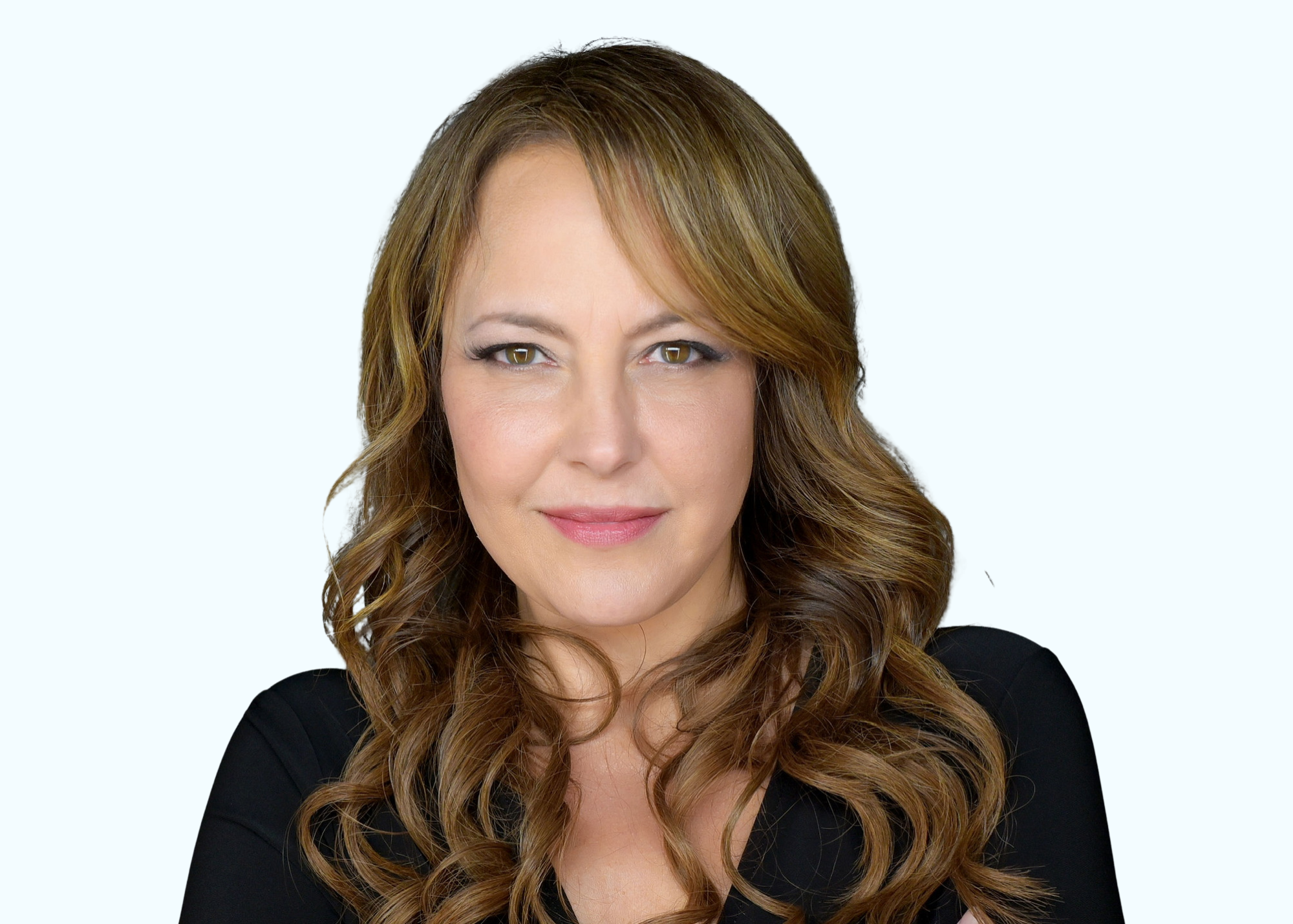Spa Revenue Management: The Art of Pricing Optimization for Spa Services
Effective pricing strategies are the cornerstone of spa revenue management. While price controls are still largely a manual endeavor in the spa industry compared to the more sophisticated automated programs employed for hotel rooms and airline seats, there are a number of pricing levers including dynamic, real time, advance, and last-minute pricing strategies that can be used to build your spa revenue management program. Let’s explore.
1. Setting Competitive Spa Prices
Spa Revenue Management begins with setting competitive prices that attract guests while ensuring profitability. For instance, you analyze the local market and determine that the average price for a 60-minute massage is $150. By aligning with this market average, you remain competitive. These prices can be considered standard or par.
2. Advance Booking
Borrowing proven pricing strategies from hotels is one way to experiment in spa without reinventing the wheel. This includes providing value pricing or discounts for guests that are willing to lock in a non-refundable rate in the future. By examining your historical occupancy data, you can identify days, or certain time slot periods that have been thinly booked in the past. These periods are ideal to offer the non-refundable discount rates, especially your local guest segment that may have less risk of cancelation than your transient guests. Using your database of local guests, select your parameters and make the offer. This type of pricing provides the spa with revenue stability on its most unfavorable days while guests have the advantage of an irresistible price.
3. Real-time Pricing
Dynamic pricing isn’t exclusive to hotel rooms; it’s a powerful tool for spa services as well. Implementing real-time pricing requires close collaboration between the booking and check-in or reception teams. For example, leadership reviews the appointment book daily to gauge the next day’s capacity utilization, adjustments are made to the provider team schedule, and if there are gaps in the schedule (primarily defined as time slots less than a treatment hour), guests may be contacted to reschedule. Alternatively, with a revenue management program in place, your booking team can focus on selling these gaps to guests already visiting the spa that day, while the reception team will take responsibility for selling these gaps on the day they are set to expire. This approach increases utilization and provides an opportunity to help guests craft a highly personalized and memorable experience.
Last Minute Pricing
Similar to Real Time Pricing, your spa’s booking and reception teams can be empowered to offer last minute appointment slots to guests (as described in Real Time Pricing) and walk in guest. A spa revenue management strategy for last minute pricing, might maintain regular prices for full treatment hours but offer discounts or abbreviated off-menu treatments to fill the partial hour appointment gaps. These short treatments may be combined with a spa day pass or offered only to those guest that purchase a day pass.
4. Last Second Pricing
Much like advance booking, last-second pricing can provide local guests with enticing deals. To execute this tactic, your spa will need to decide when and how it will communicate these offers. For example, your spa might introduce a paid for “spa club” similar to discount airlines wherein they receive a daily email with flat pricing on treatments that represent the open gaps. Alternatively, membership could be offered in exchange for something valuable to the spa, like email and SMS marketing opt-ins. Your spa would need to decide how it will price these gaps to maximize without cannibalizing revenue.
5. Peak Times Pricing
Peak hours and days in the spa can be a revenue goldmine. If your spa experiences high demand during weekends and holidays Spa Revenue Management guides you in implementing real-time pricing adjustments which can be executed any number of ways. Most spas are comfortable adding a weekend surcharge across the board, but some may choose to limit their menu to premium priced and shorter duration treatments during high volume periods to optimize revenue and capacity.
6. Pricing Strategies for Spa Packages
Spa packages offer a unique opportunity to bundle services and drive revenue, a strategy used by most spas already. Spas Revenue Management however, takes packages to another level allowing spas to experiment with menu engineering. By understanding the profit picture and demand for each treatment, spa leadership is able to design a higher performing menu. An effective example of this might be on holidays such as Mother’s Day or Valentine’s Day, when a prix fixe menu is offered. These extremely busy days can be significantly simplified for the spa teams and appreciably enhanced by providing a set bundle of treatments, add-ons, and amenities at a fixed premium price. This not only reduces costs and buyer stress but also optimizes revenue and capacity.
7. Tiered Pricing for Signature Spa Services
Not all spa services are created equal. Spa Revenue Management empowers you to implement tiered pricing structures that reflect the value and complexity of each treatment. One example of this strategy is creating a unique range of signature services. While many spas offer signature services that typically set the lowest price for each treatment category, consider introducing a “Signature Series” with premium pricing and additional features instead. Another emerging tiered price tactic is therapist- expertise level pricing, a strategy that has shown some success in salons.
Crafting effective pricing strategies is akin to an art form, blending market insight with operational finesse. From setting competitive prices to embracing dynamic and real-time adjustments, the journey to optimal revenue involves a range of tactics. By embracing advanced booking incentives, real-time adjustments, and innovative last-second offers, spas can not only stabilize revenue but also curate exceptional guest experiences, elevate their offerings and capture the full spectrum of demand, where mastering the art of pricing optimization is not just a strategy but a transformative journey towards sustained success.
For the full Intelligence Report visit, www.spa-audit.com and sign up for a copy there.
Excerpt. Sott, C. (2024). Spa Revenue Management In Action. Trinity Spa Advisors Intelligence Report, 8(1), 8-11. https://doi.org/ https://www.spa-audit.com
About the author
Cheryl is managing director of Trinity Spa Advisors is an expert in hospitality spa: optimizing finances, operations, and guest experiences. She is trusted by owners, investors, and management for stellar results. Cheryl is known for maximizing financial performance, operational excellence, and guest experience enhancement within the spa hospitality industry. Utilizing her proprietary Spa Audit™ methodology, a powerful tool in exposing gaps, she uncovers opportunities, and maximizes spa performance while assisting with fiduciary obligations. Her expertise in spa asset management has earned her recognition among ownership groups, investors, and management firms alike, making her a valued partner in achieving unparalleled results in the spa hospitality landscape. In her 25 years in the spa industry, she has worked with luxury spa hotels and casinos and independent properties. Cheryl is an active member of Cayuga Hospitality Consultants.
Contact Us




